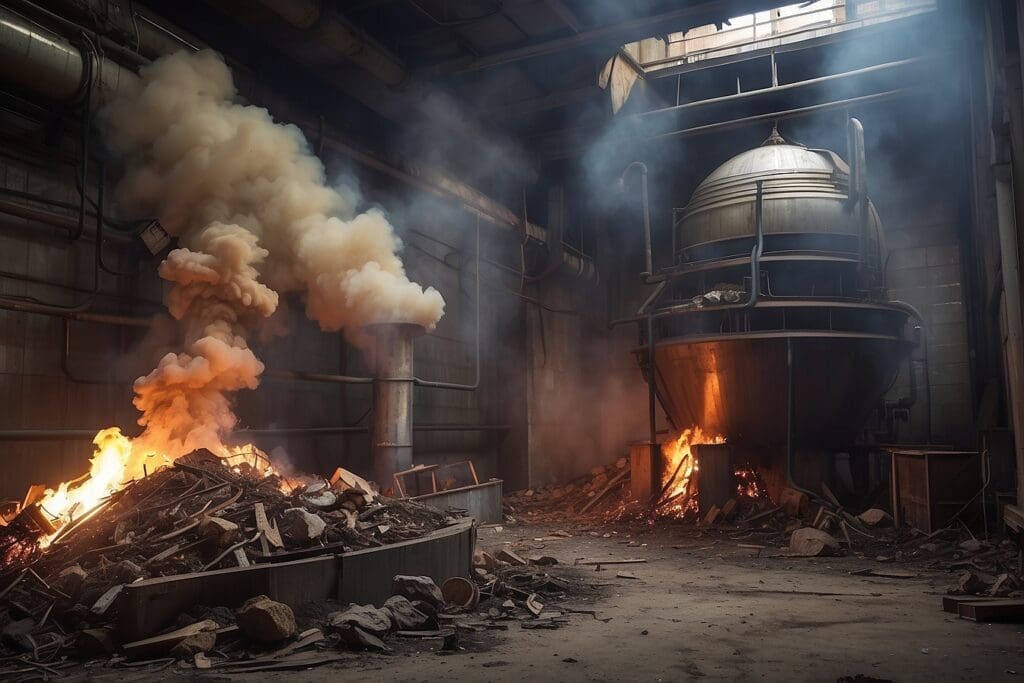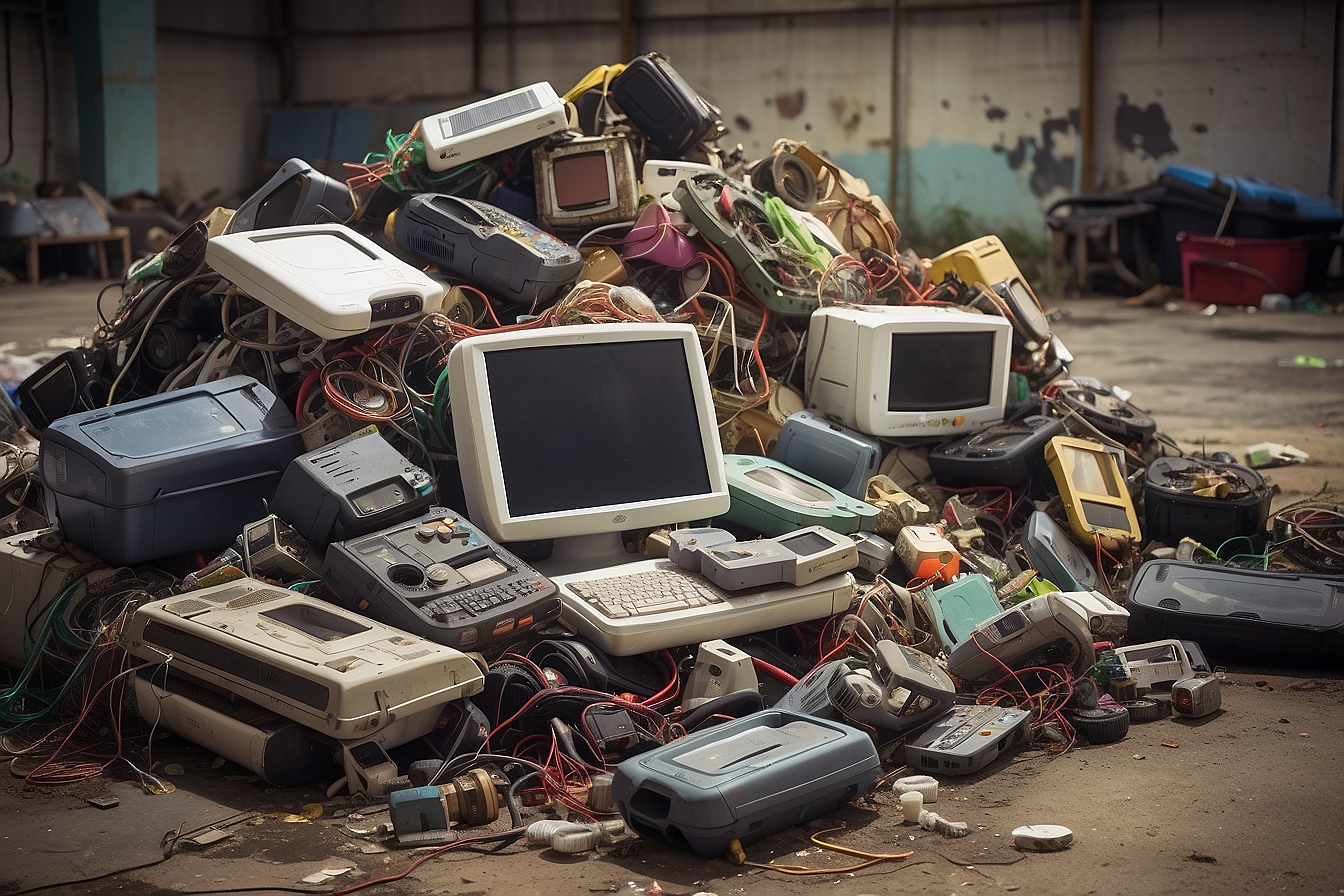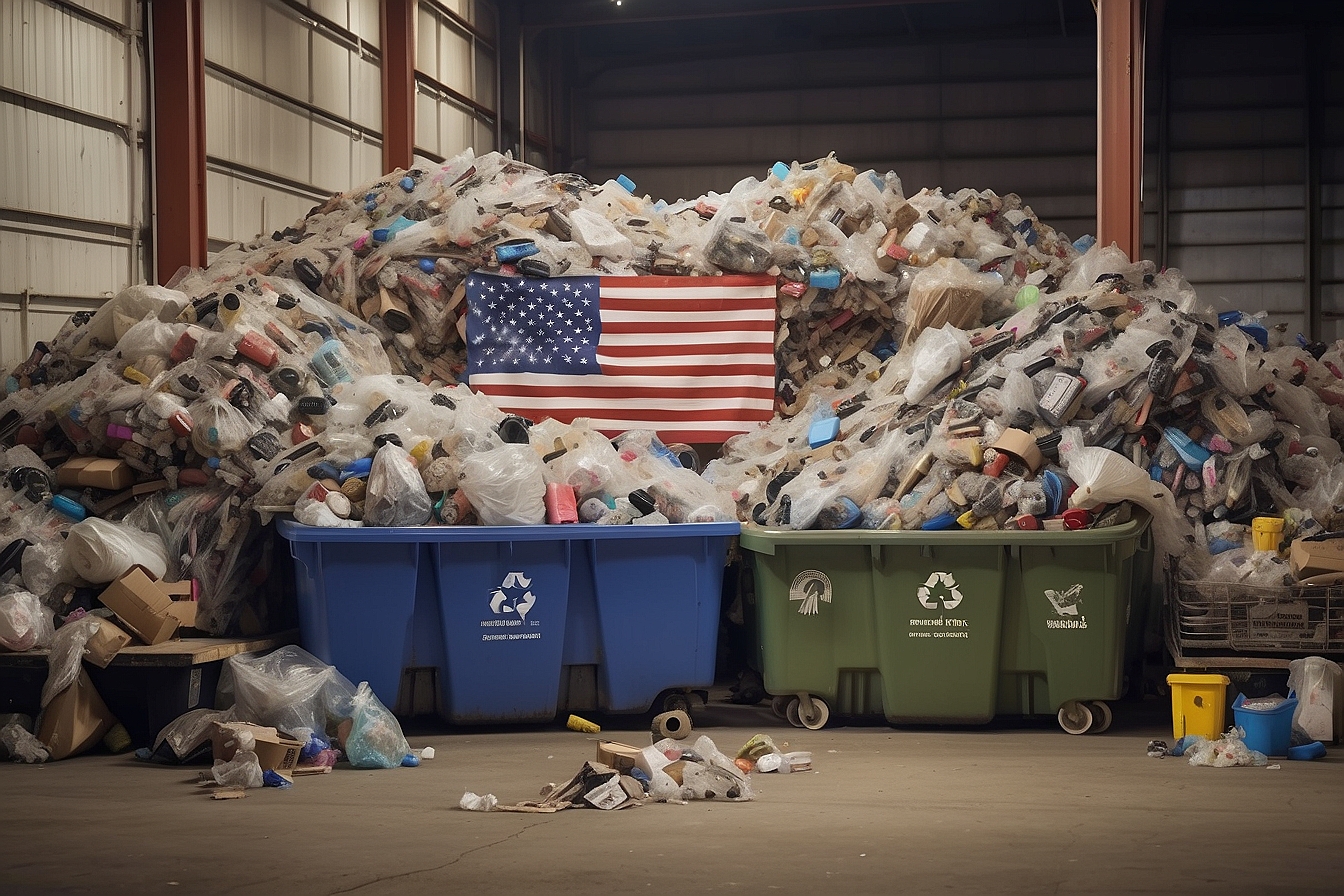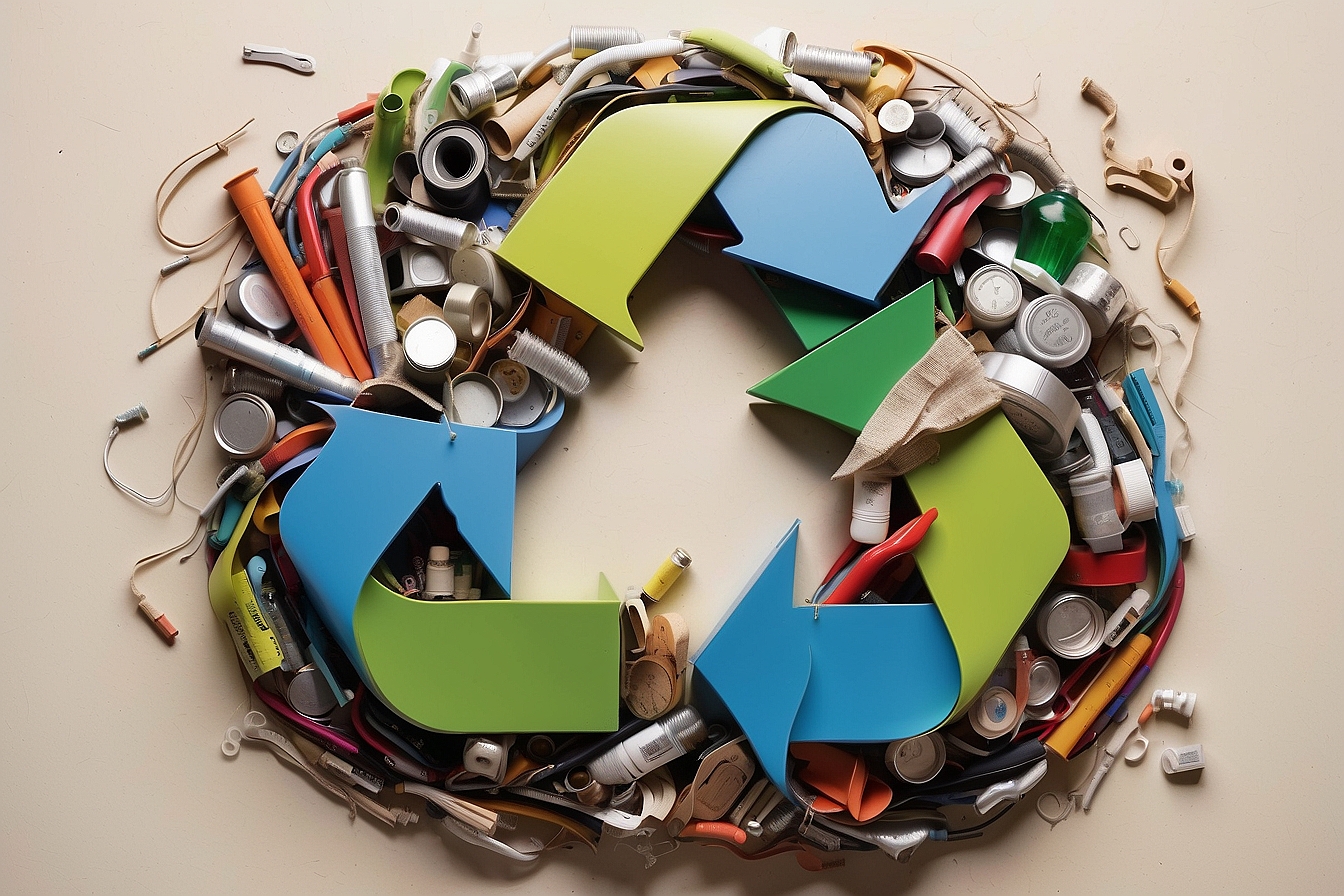The first trash incinerator in the United States was built in New York City in 1885. However, it was not until 1970, when the Clean Air Act was passed, that the environmental impacts of incinerators, such as toxic emissions, were investigated.1 The drawbacks of trash incinerators, also known as waste-to-energy facilities, have been increasingly in the public eye in recent years.
Drawbacks to Current Incinerator Technology

The most common type of incinerator technology is referred to as “mass burn.” In this type of incinerator, all of the waste is burned in a single combustion chamber. The heat from the burning is then used to convert water to steam and the steam then powers a turbine generator, which creates electricity. The process of burning trash produces a byproduct, ash, which is ultimately buried in a landfill.2
Trash incinerators have been cited for having negative economic, social, and environmental impacts. In 2010, the Energy Information Administration published a report showing that trash incinerators were far more expensive to build and operate than other energy sources. Incinerators also do not require a large workforce, whereas composting service centers create 4-10 times more jobs than standard incinerator facilities.3
| Technology | Capital Cost | Fixed O&M | Variable O&M |
|---|---|---|---|
| Conventional natural gas | $978 | $14.39 | $3.43 |
| Wind (onshore) | $2,438 | $28.07 | $0 |
| Conventional coal | $3,167 | $35.97 | $4.25 |
| Photovoltaic (large scale) | $4,755 | $16.70 | $0 |
| Nulcear | $5,335 | $88.75 | $2.04 |
| Coal with carbon capture and sequestration | $5,348 | $69.30 | $8.04 |
| Trash Incineration | $8,232 | $373.76 | $8.33 |
4
In terms of environmental impacts, incineration is certainly not pollution-free. Air emissions, otherwise referred to as global warming patterns , even though these emissions have previously not been accounted for in greenhouse gas accounting protocols. Additionally, trash incineration discourages reusing and recycling practices among local governments. This is due to long-term contracts between municipalities and incinerators, which require the municipality to deliver a minimum amount of waste to the incinerator.5
New Innovation: Sierra Energy’s FastOx Pathfinder
It is hard not to look at the enormous amounts of trash generated daily in the U.S. and around the world and not wish for a sustainable way to transform waste into energy. That wish is what motivated Sierra Energy’s President and CEO Mike Hart to buy the patents for a technology called “FastOx Pathfinder.” The Davis, California based company has spent several years developing this technology which uses a chemical reaction to heat trash to extreme temperatures without combustion. The result is synthetic gas, a combination of hydrogen and carbon monoxide, which can be burned to create electricity or ethanol or diesel fuel.6 Depending on the type of waste, the average output for a ton of material gasified with the FastOx is 1,500 kWh.7
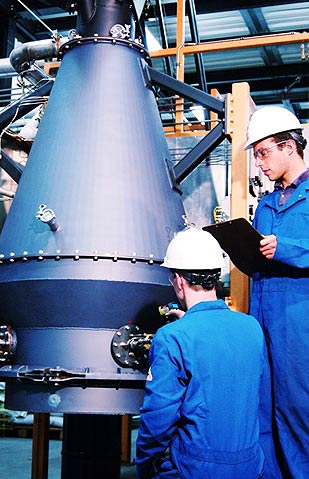
Sierra Energy’s FastOx commercial prototype.8
The first customer to try out the FastOx will be the United States Army, as part of an effort to reduce its dependency on oil. The Department of Defense has been satisfied with the small-scale tests of the FastOx; one ton of waste produced 1,580 kWh after four hours, which is enough to power a home for one and a half months. The technology is planned to start providing electricity to a training base in Monterey County, CA later this year. The Department of Defense is particularly intrigued because the FastOx is very transportable – being only the size of a shower stall – which is crucial for military operations.9
So, what’s the catch? In a Sierra Energy “Frequently Asked Questions” document, they address environmental concerns. Sierra Energy states that there will be “close to zero” emissions. For example, the FastOx does not produce nitrogen oxide emissions because the technology uses pure oxygen instead of nitrogen-rich air. Sierra Energy states in terms of carbon dioxide, “The gasifier itself does not emit carbon dioxide. The downstream processes may have a small amount of carbon dioxide emissions but…they offset fossil fuel use and methane emissions from landfill decomposition.”10 However, Sierra Energy does not shed light on what the “downstream processes” are and the New York Times states that emissions are “at one-third the emissions of coal.”11
In terms of byproduct, since the FastOx breaks down the waste at the molecular level, its byproducts include liquid metal, inert stone, and an energy-dense syngas, instead of ash. These byproducts can be sold to other industries, such as the ever-growing construction industry, instead of being placed in landfills.12 Since there has only been small-scale testing of the FastOx thus far, it is hard to know yet if it is a reliable energy option. However, Sierra Energy is certainly a company to watch over the next year as its potentially game-changing technology is put into action.

